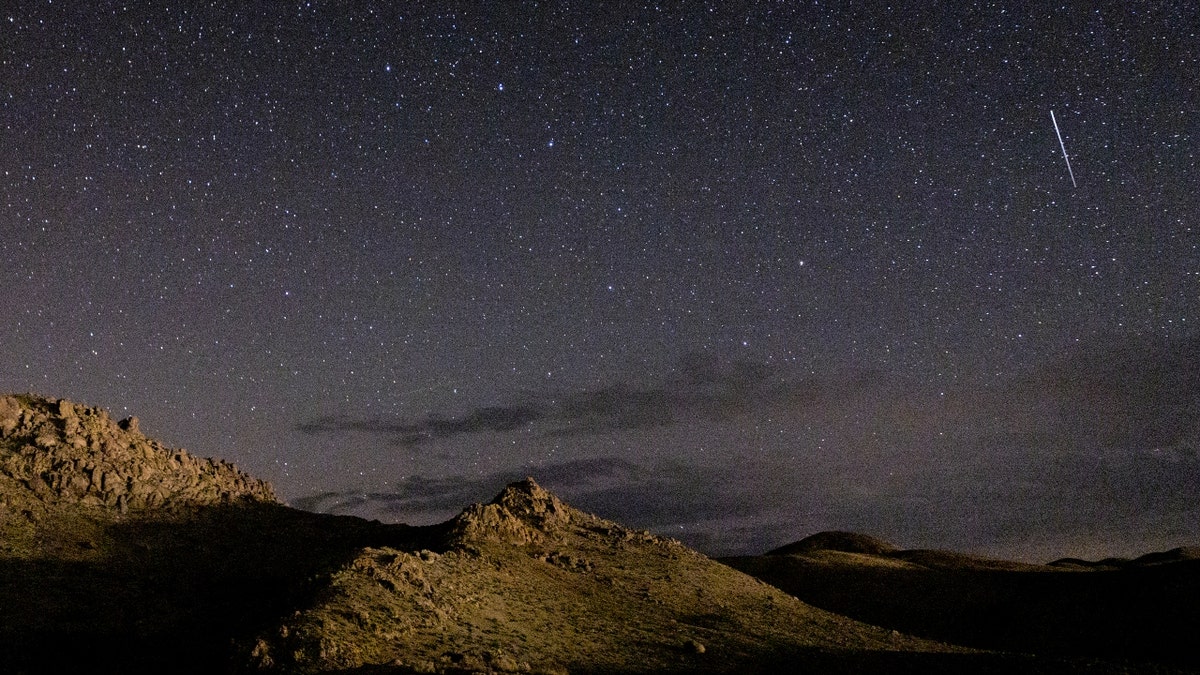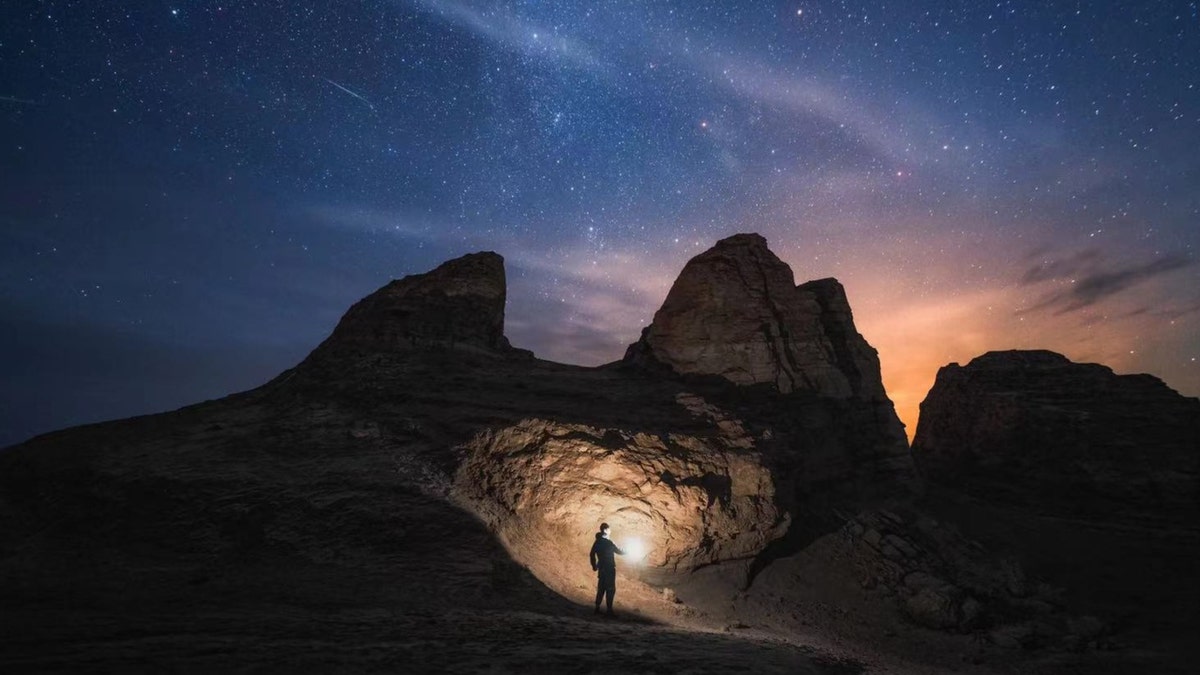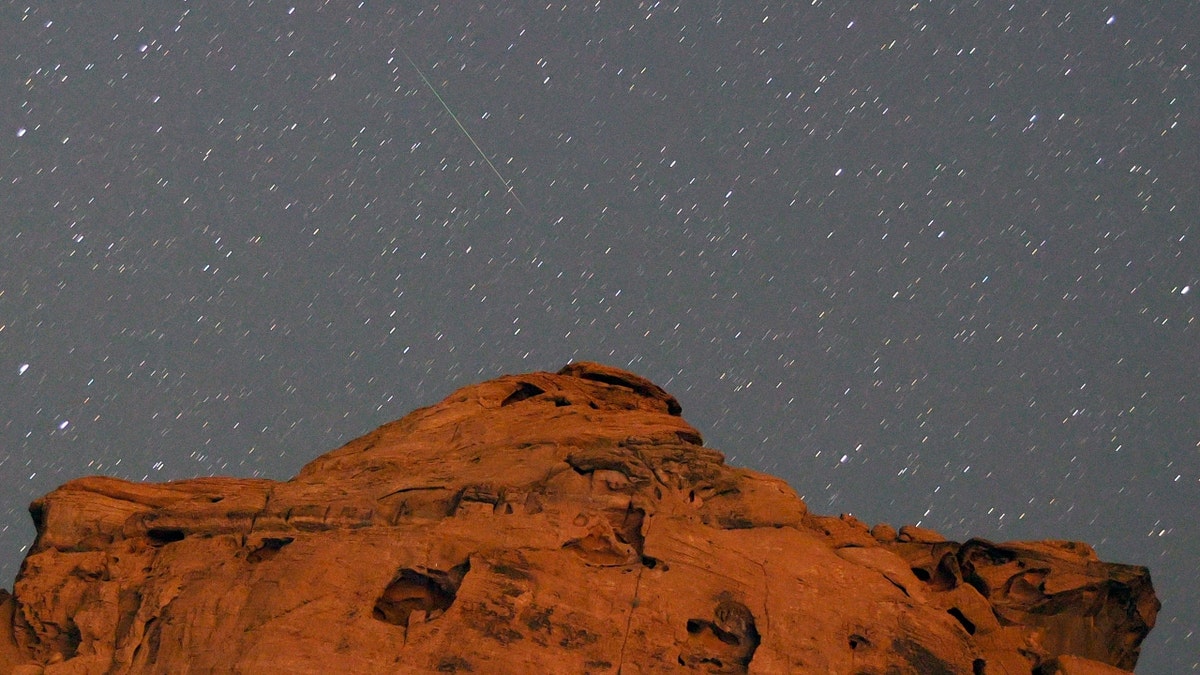The Perseid meteor shower, a highly anticipated celestial event, has returned, gracing the night sky from July through late August. The National Weather Service's Goodland office even managed to capture footage of these meteors illuminating the darkness.
This spectacular shower is expected to reach its peak between August 12th and 13th, coinciding with a minimally illuminated, 10% full moon, as reported by the American Meteor Society. Observers in rural areas can anticipate witnessing an impressive display of 50 to 75 meteors per hour during the peak.
The Perseids occur when Earth intersects the debris trail left by Comet 109P/Swift-Tuttle. These meteors, often no larger than a pea, create brilliant "shooting stars" as they burn up upon entering Earth's atmosphere.

The radiant point, from which the meteors appear to originate, lies within the Perseus constellation. However, the meteors themselves can be seen streaking across any part of the sky at an astounding speed of 37 miles per second. The Perseids are also renowned for their fireballs, which produce longer-lasting streaks compared to typical meteors.

Comet Swift-Tuttle travels on a vast elliptical orbit around the sun, extending beyond Pluto, with a period of 133 years. Earth's annual passage near the comet's path results in the Perseid meteor shower. While the comet itself won't be visible from Earth until 2125, NASA assures us there's no imminent risk of a collision.

Comments(0)
Top Comments